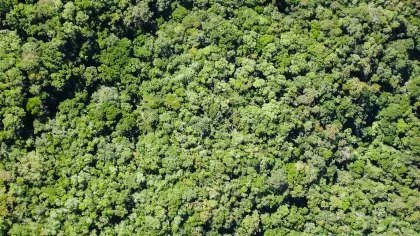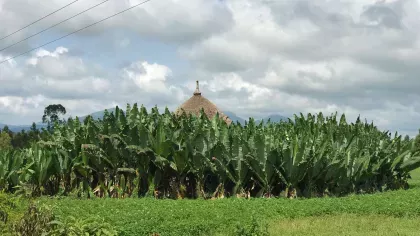2 October 2020
Amazing ways trees help our cities
From cleaning the air to boosting flood protection, these woody plants can help build urban resilience.

Trees growing on city streets and in urban parks are often a blend of native and exotic species.
Here in the UK, our urban spaces are populated with common natives such as silver birch (Betula pendula) and English oak (Quercus robur), along with non-native types including sycamore (Acer pseudoplatanus) and London plane (Platanus x hispanica).
These woody plants offer many incredible benefits to our city environments and ecosystems.
In our new State of the World’s Plants and Fungi 2020 report, our scientists at Kew, working with international collaborators, have delved into how trees can help make our cities more resilient to future challenges and a changing climate.
Here are the many ecosystem services trees provide for our cities.
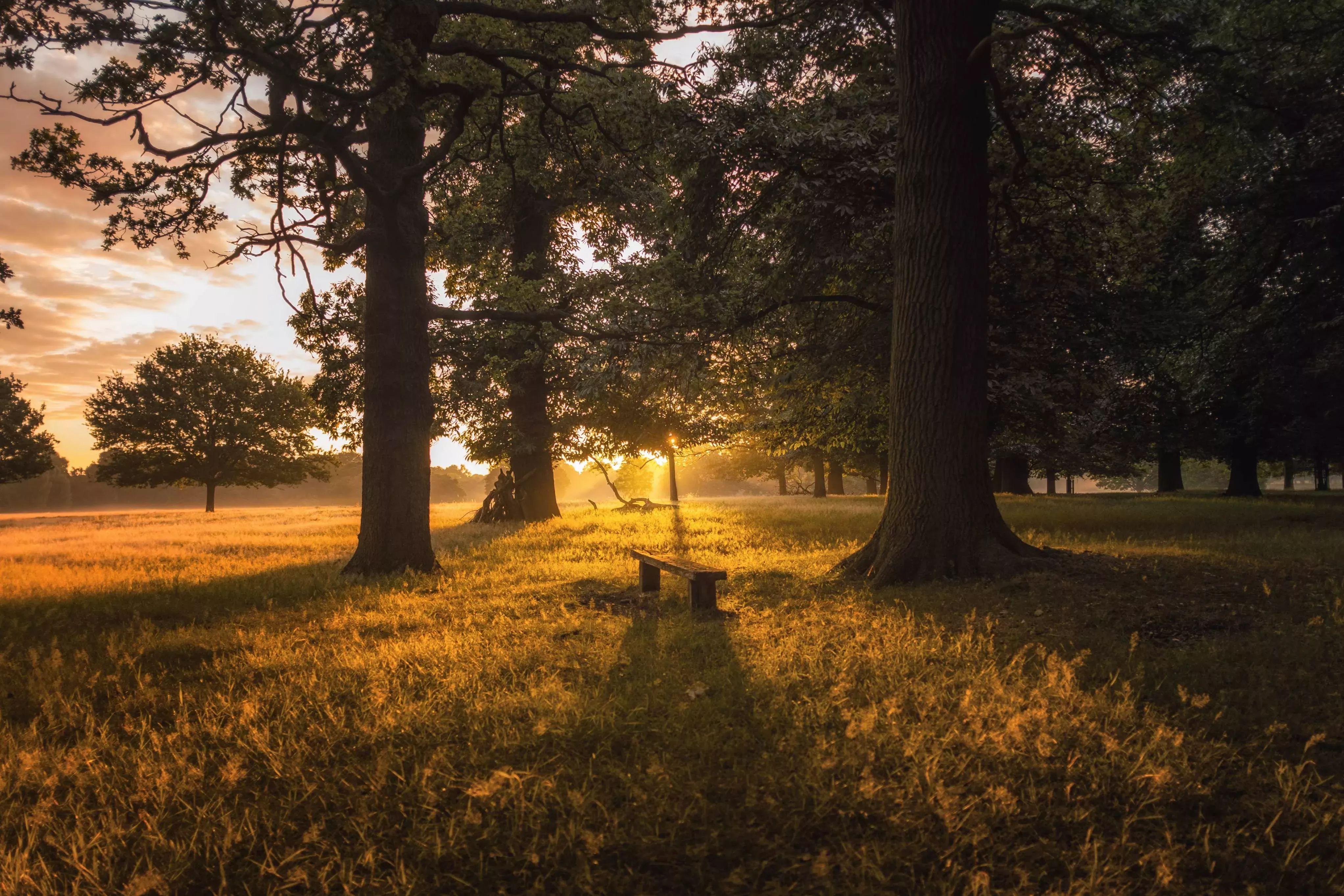
Cleaning the air
Trees are able to capture pollutants and clean the air, making the environment safer for its inhabitants.

Flood protection
Trees reduce flood risk by soaking up rain and intercepting rainfall.
Planted along riverbanks, the trees' canopy slows the rate that water falls into the river and raindrops captured on the leaves can evaporate directly from their surface.
Soil under trees absorbs water deeply as the plant’s roots improve soil infiltration rates, helping reduce potentially damaging surface water flow.
Trees also soften the impact of rainfall on soils.
These are important advantages to help combat the threats of climate change as scientists predict more variable and extreme weather in the future.
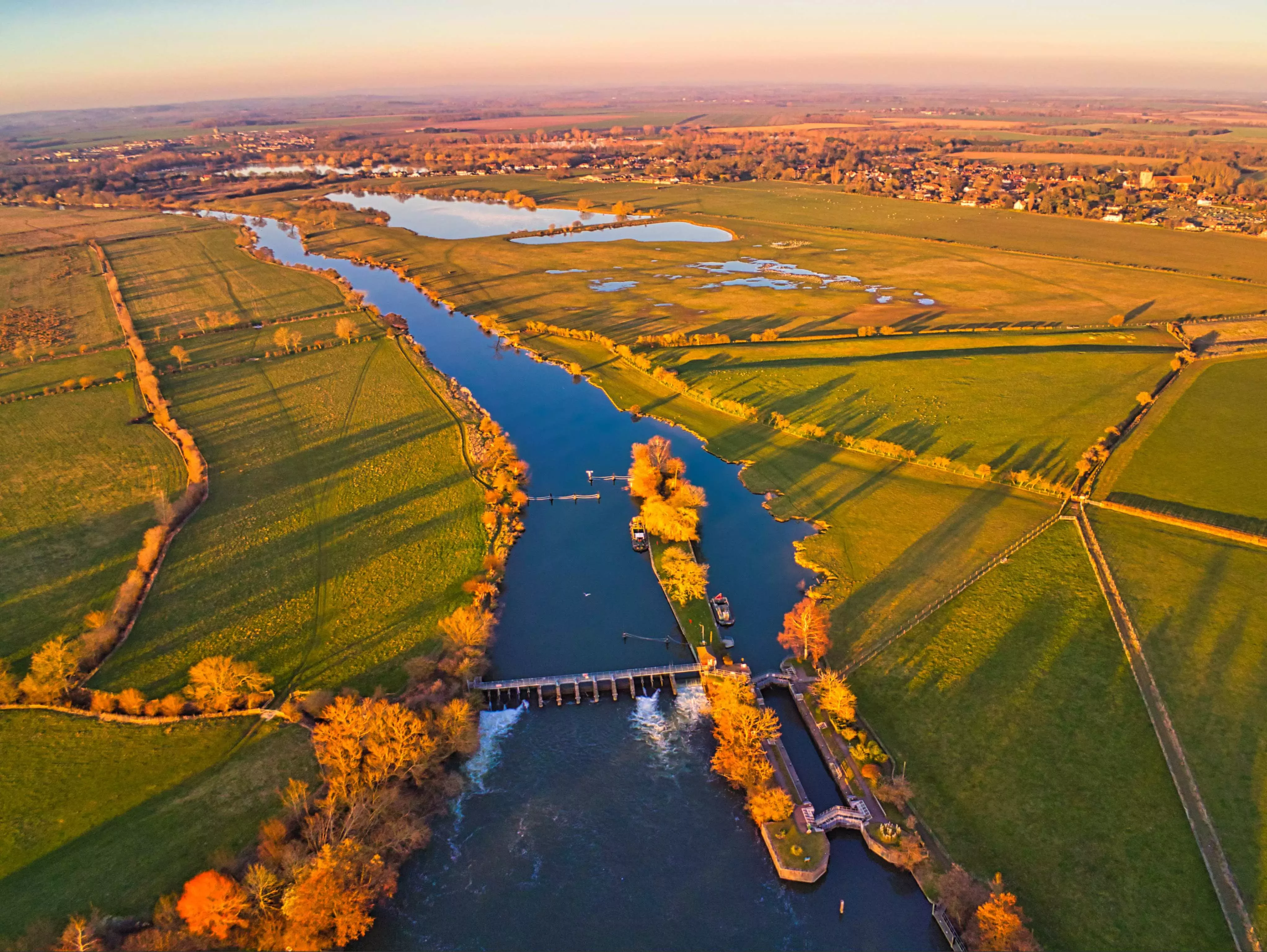
Lowering temperatures
Trees can help cool our cities by lowering temperatures through shade, another benefit for fighting climate change.
The tree’s canopy helps block out the sun’s radiation, cooling the ground and buildings underneath.
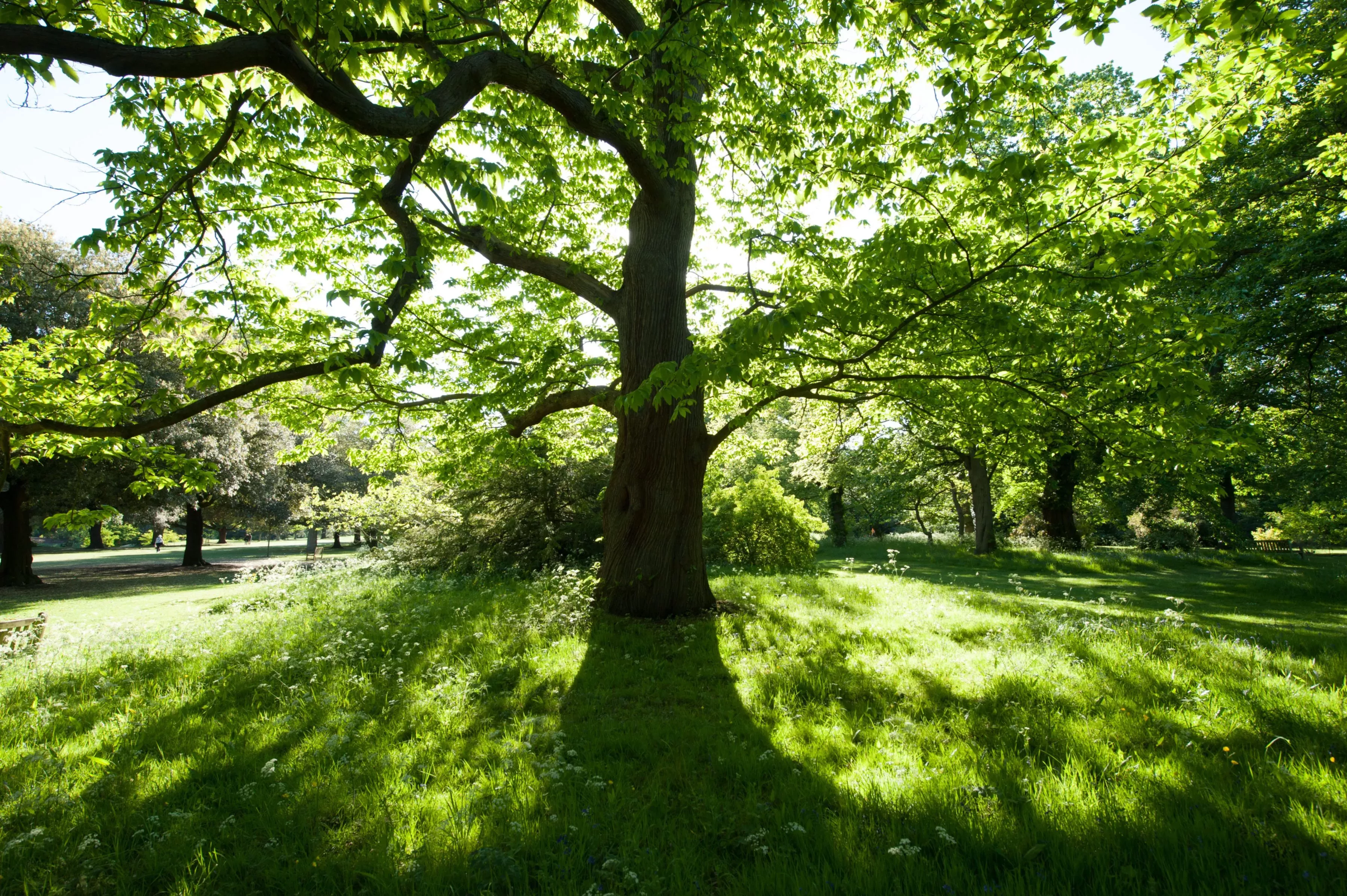
Food for pollinators
Through pollen and nectar, trees provide food for pollinators, such as bees and butterflies.
Due to their size, urban tree species can offer more sustenance than herbaceous plants.
Healthy urban bee populations can help support pollination of nearby crops.
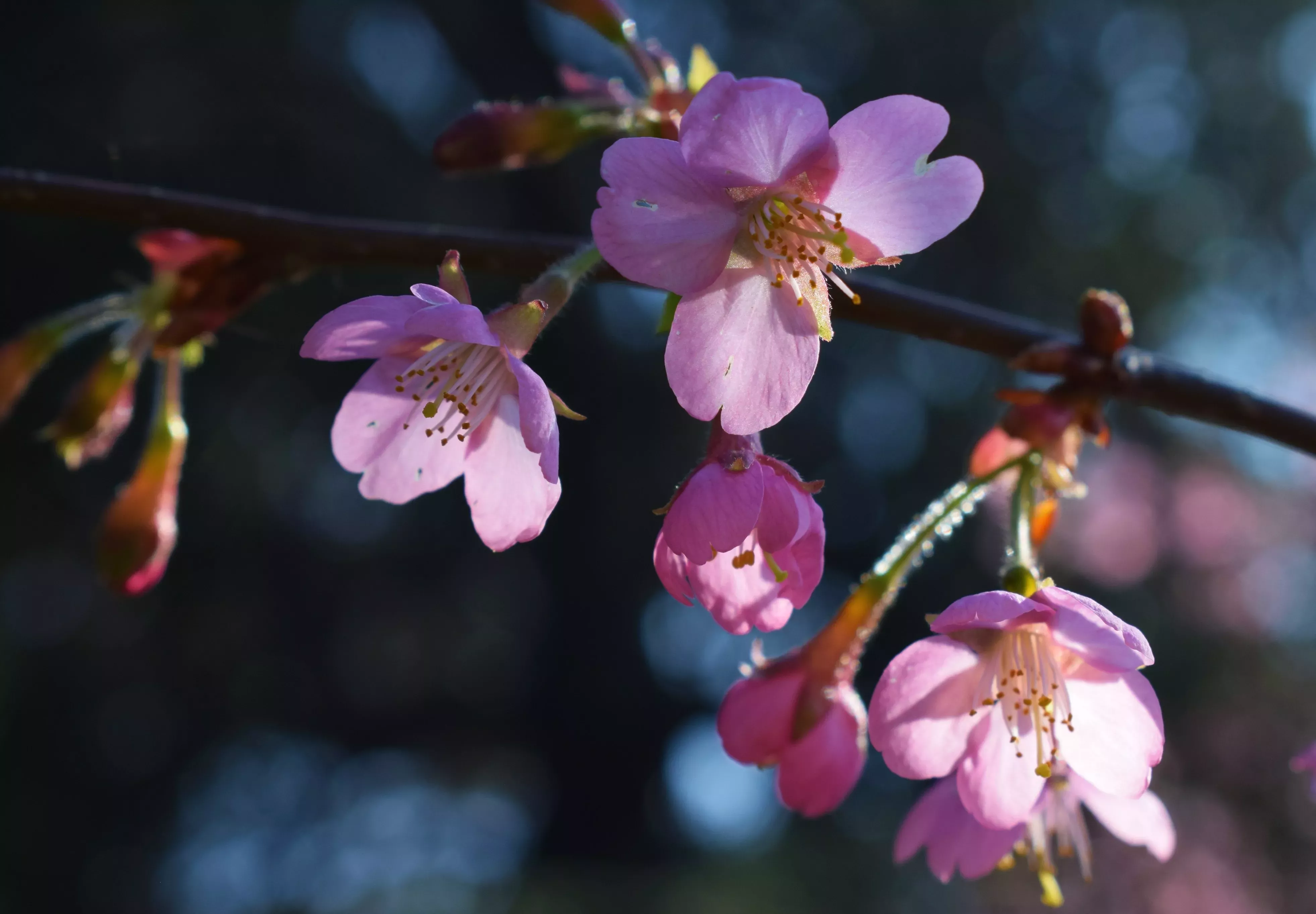
Storing carbon
Capturing and storing carbon is another way that trees help our cities and the planet in general.
Over time, trees store a lot more carbon below ground than they do above it.
Through their roots, they pump carbon to mycorrhizal fungi in the soil, which act as carbon sinks.
The bigger the tree the more effective it is at providing ecosystem services.
Not only can they store more carbon, especially through their mycorrhizal associations, they can also trap more pollution, provide greater flood prevention, reduce noise pollution, give more shade, and produce a large amount of pollen and nectar for bees and other insects.
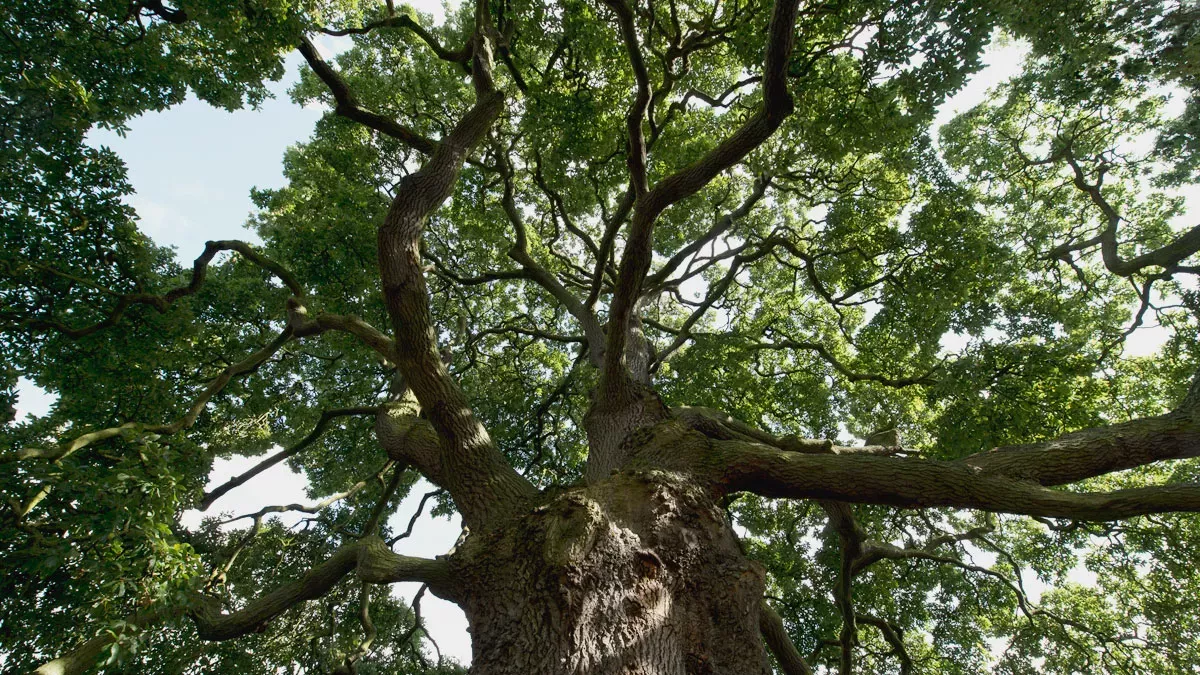
Our future cityscapes
In the face of climate change and other future threats, such as pests and diseases, our city trees are more important than ever and need to be protected.
But diversity in tree species grown in cities is key. If we only rely on a few species, our urban trees will be poorly equipped to survive diseases or pest attacks, or to tolerate changing weather conditions.
Did you know? Just five tree taxa account for around a third of the eight million trees in London’s parks, gardens, playing fields and streets: sycamore, English oak, silver birch, ash and plane. Read more
Taxonomic and genetic diversity are vital to ensuring our cities’ trees are resilient going forward and can deliver the required ecosystem services that we need in our urban environments.
Learn more about how trees can build the resilience of our cities worldwide in our State of the World’s Plants and Fungi 2020 report.


